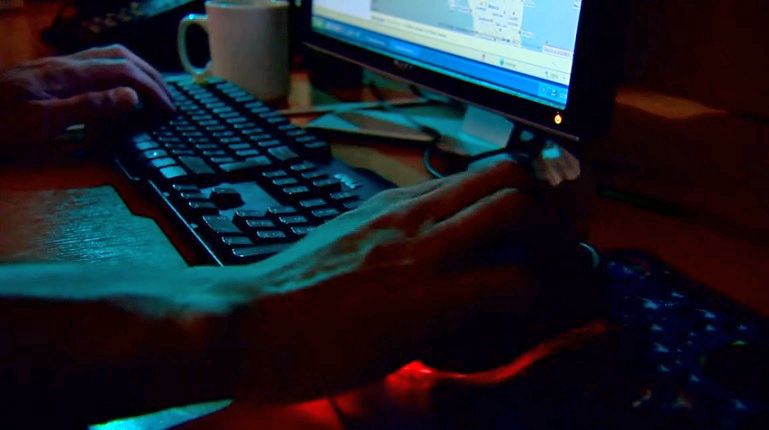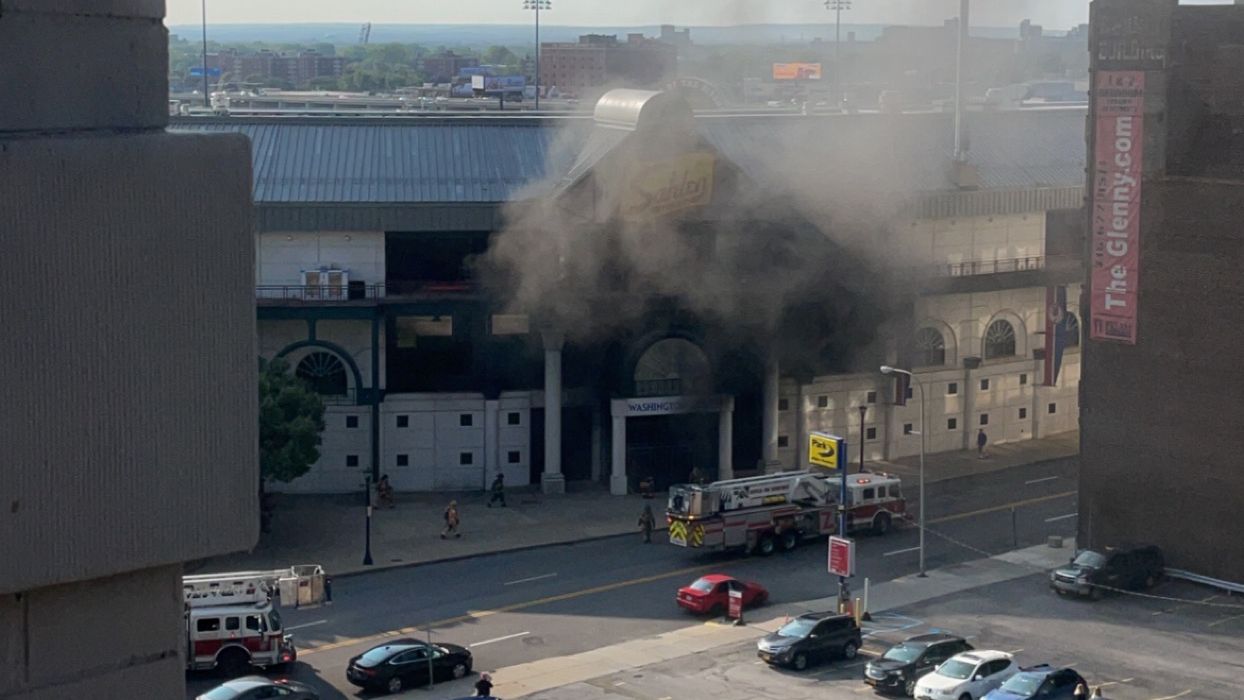Dominic Sellitto, a clinical assistant professor of management science and systems at the UB School of Management, says that in order to avoid future outages, businesses and organizations need to pay attention to their widely deployed software and keep auto-updates to a minimum.
"The big takeaway for organizations is to make sure that they conduct inventories of their widely deployed software, and make sure that auto-updates are kept to a bare minimum," he said. "Most IT organizations have a rigorous testing cycle internally that happens with things like Windows updates to ensure this sort of thing doesn’t happen. I think many organizations are going to be extending this process in light of this event."
"The average consumer does not use this enterprise software, so most people don’t have to worry about this affecting their home computers," he continued. "The company has moved quickly to issue a fix — though, it may take time to remedy the situation for many companies, especially those who rely on remote access to administer systems in other geographic regions."
Sellitto explains that it was a faulty software update that led to the outage, not a cybersecurity attack.
"It’s tempting to look at this and think that it feels a lot like a cybersecurity attack. While it appears that it isn’t, the impact may be seen as no less damaging. The goal of many attacks is to halt business operations. In this case, business operations were brought to a halt, it’s just that the intent was not malicious. Ultimately, the cost equation to businesses and consumers doesn’t care much about the motivation of these things — impact is impact," he said.
"In this case, it appears that customers of the CrowdStrike Falcon Sensor cybersecurity software, which includes a large number of enterprises worldwide, received what CrowdStrike refers to as a content update overnight, which may have been applied automatically to customers," he continued. "This update contained a file that inadvertently caused Windows devices to crash, commonly referred to as ‘the blue screen of death’ in the tech community. Many customers reported that the crashed computers continued to crash upon attempting to reboot, grinding businesses to a halt."
Cybersecurity firm CrowdStrike said that the issue believed to be behind the outage was not a security incident or cyberattack — and that a fix was on the way. The company said the problem occurred when it deployed a faulty update to computers running Microsoft Windows.









